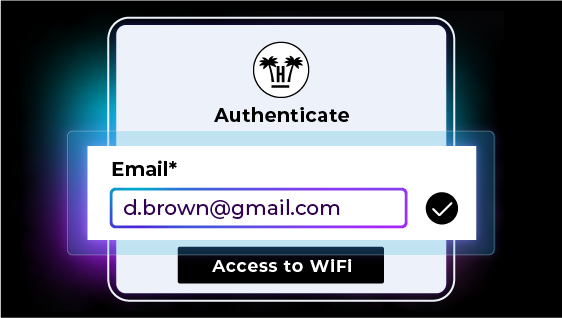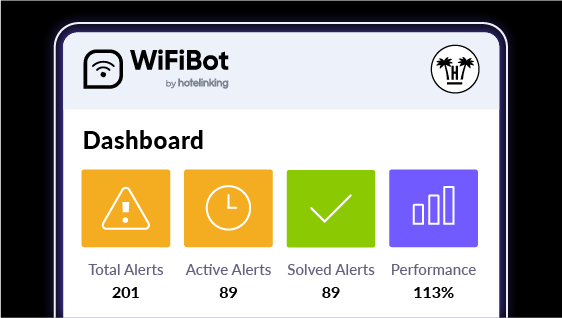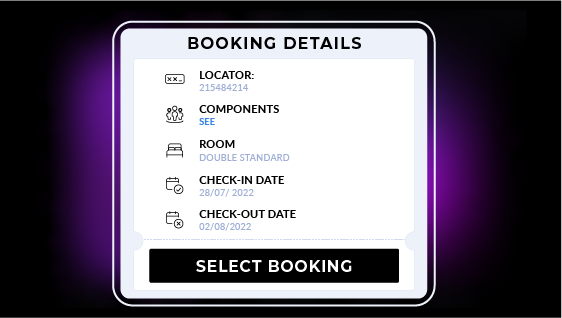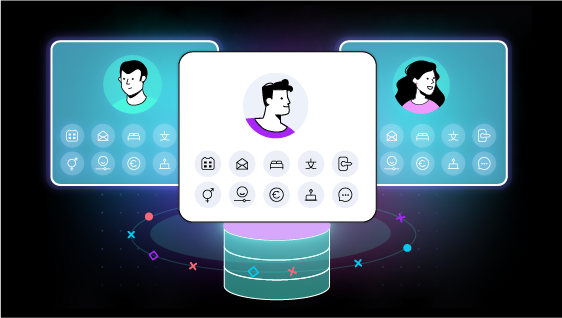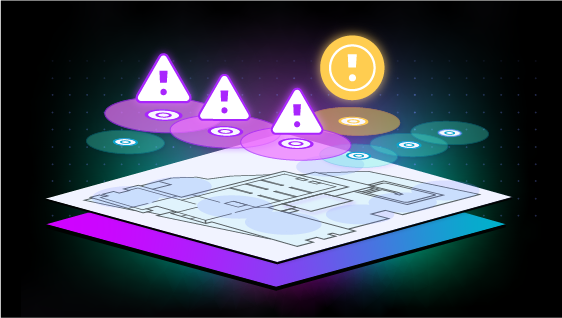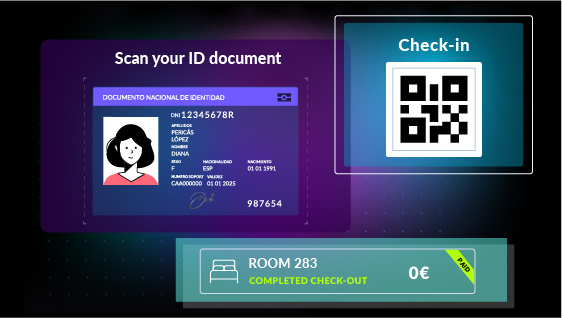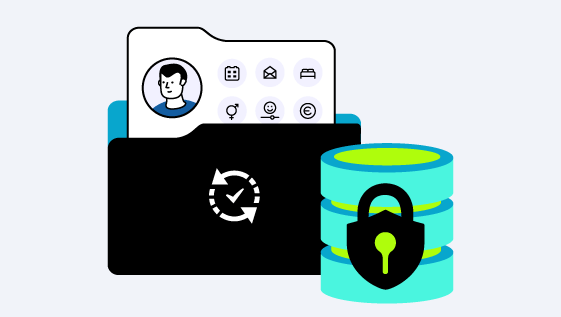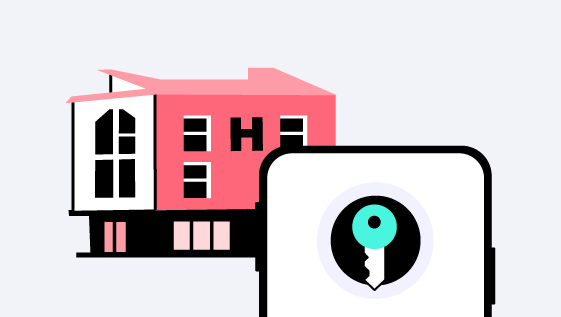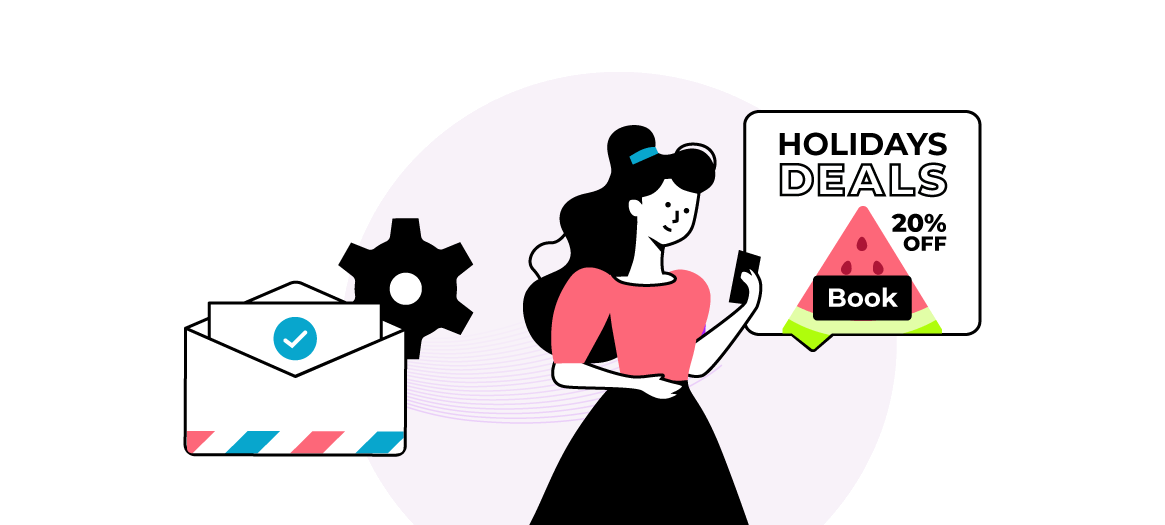
Hotel email marketing automation: The operational framework that transforms guest data into direct bookings
This guide shows how automating hotel email marketing turns databases into direct-booking engines. By replacing manual campaigns with segmented, personalized workflows, you streamline operations, boost deliverability and multiply marketing revenue in the hospitality sector.
How verified guest databases become revenue engines through systematic campaign automation—and why manual email marketing fails at enterprise scale.
A 34-property hotel group sent identical promotional emails to 180,000 past guests last month. The campaign generated just 47 direct bookings—a conversion rate of 0.026%. Three weeks later, they implemented automated segmentation and personalization workflows. The same offer, sent to a smaller but better-targeted list of 89,000 verified contacts, produced 312 bookings at a 0.35% conversion rate—a 13x improvement in performance. The difference wasn’t the offer or the creative; it was the systematic approach to hotel email marketing automation that leveraged verified guest data for precise targeting and behavioral triggers.
This transformation illustrates why manual email campaigns consistently underperform at enterprise scale while automated workflows generate measurable direct booking growth.
The Systematic Failure of Manual Email Campaigns
Most hotel marketing teams operate email campaigns as discrete projects rather than integrated systems. They export guest lists from property management platforms, manually segment audiences based on basic demographics, create broadcast messages with minimal personalization, and schedule sends without behavioral triggers or performance optimization. This approach treats email marketing as a publishing exercise rather than a conversion system, missing the operational mechanics that drive direct booking performance.
The manual approach creates systematic inefficiencies that compound over time. Marketing teams spend an average of 23 hours weekly on campaign preparation tasks that automated systems execute in minutes. More critically, manual segmentation relies on static demographic data rather than behavioral patterns and booking history that predict conversion likelihood. When campaigns reach guests with irrelevant offers at inappropriate times, the result is low engagement, high unsubscribe rates, and missed revenue opportunities.
Database quality problems amplify these inefficiencies. Manual email collection processes produce invalid addresses in 20% to 45% of cases, creating bounce rates that damage sender reputation and reduce deliverability for all subsequent campaigns. Without real-time verification at the point of collection, marketing teams inherit databases filled with unusable contacts that waste resources and limit campaign reach.
A 19-property European hotel chain discovered these compounding effects when analyzing their email marketing performance over 18 months. Despite collecting guest emails consistently, their campaigns were reaching only 12% of past visitors due to invalid addresses and poor segmentation. The missed opportunity cost exceeded €1.8 million annually in potential direct bookings, calculated based on their average conversion rates and guest lifetime value.
The Five-Stage Marketing Automation Pipeline
High-performing hotel groups implement email marketing automation through a systematic pipeline that transforms raw guest data into targeted campaigns with measurable conversion outcomes. This approach treats automation as an operational capability rather than a technology deployment, with specific processes for data validation, audience segmentation, campaign triggering, performance measurement, and continuous optimization.
- Stage one establishes verified data collection through integrated captive portal systems that validate guest information in real-time. Rather than accepting email addresses without verification, automated systems check syntax formatting, domain validity, and spam trap detection within milliseconds of entry. When verification fails, guests receive immediate correction prompts that prevent poor-quality data from entering marketing databases. This foundation ensures that subsequent automation workflows operate on clean, deliverable contact lists that maintain sender reputation and maximize campaign reach.
- Stage two implements behavioral segmentation based on booking patterns, property preferences, and engagement history rather than basic demographic categories. Automated systems track guest interactions across multiple touchpoints—WiFi usage, booking channel preferences, ancillary spending patterns, and email engagement behavior—to create dynamic segments that reflect actual conversion likelihood. These segments update automatically as guest behavior evolves, ensuring that campaign targeting remains relevant and effective over time.
- Stage three deploys triggered campaigns based on specific guest actions and lifecycle stages rather than calendar-based broadcast schedules. Welcome sequences activate automatically when new guests complete their first stay, with personalized content based on property type, booking channel, and demonstrated preferences. Win-back campaigns trigger when previously active guests haven’t engaged with recent communications or made bookings within defined timeframes. Loyalty program automation enrolls eligible guests and delivers targeted offers based on their tier status and redemption patterns.
- Stage four establishes performance measurement systems that track conversion outcomes rather than vanity metrics like open rates and click-through percentages. Automated reporting connects email engagement to actual booking behavior, measuring direct booking conversion rates, revenue per recipient, and guest lifetime value impact. These metrics enable continuous optimization of campaign timing, content personalization, and audience targeting based on demonstrated business outcomes rather than engagement proxies.
- Stage five implements continuous optimization through automated testing and performance analysis. The system automatically tests subject lines, send times, content variations, and audience segments to identify combinations that maximize conversion rates. Machine learning algorithms analyze guest behavior patterns to predict optimal campaign timing and content personalization, while automated reporting identifies underperforming segments and suggests targeting adjustments.
A 12-hotel group that implemented this complete pipeline saw dramatic improvements in both operational efficiency and marketing performance. They reduced manual campaign preparation time from 40 hours weekly to less than 4 hours while improving email deliverability from 78% to 99%. More importantly, their direct booking conversion rate increased from 0.8% to 2.3% within six months, generating an additional €2.1 million in direct revenue annually.
Campaign Personalization That Drives Direct Bookings
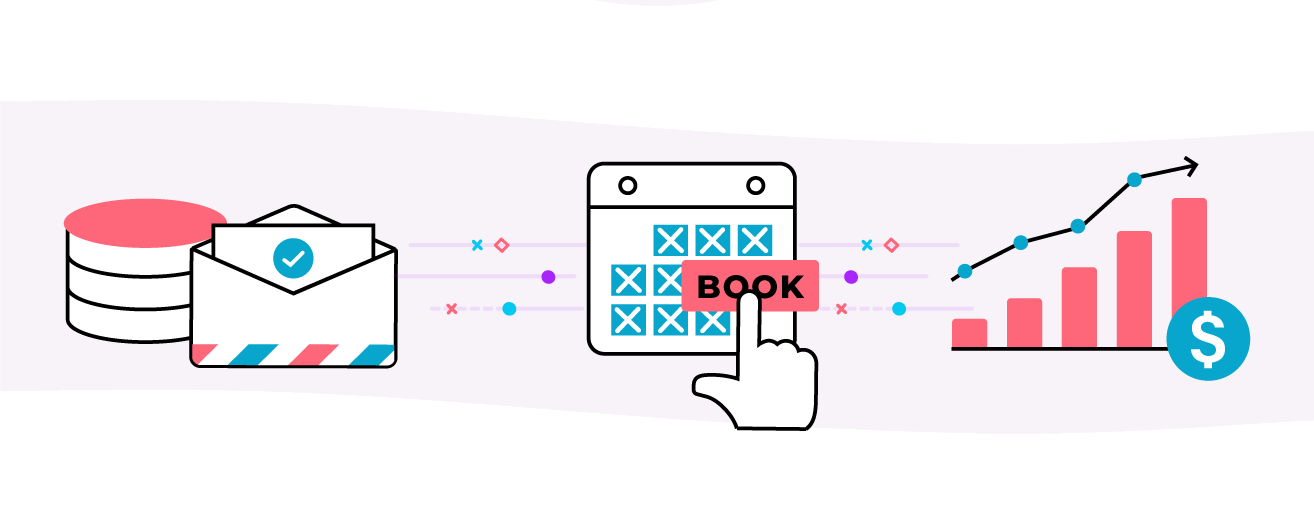
Effective hotel email marketing automation relies on systematic personalization that goes beyond inserting guest names into generic templates. High-performing systems leverage comprehensive guest profiles that combine booking history, property preferences, spending patterns, and engagement behavior to create individualized campaign experiences that reflect each guest’s demonstrated interests and conversion likelihood.
The personalization process begins with data enrichment that connects guest interactions across multiple touchpoints. When guests book through different channels, stay at various properties, or engage with different types of communications, automated systems consolidate this information into unified profiles that inform campaign targeting and content selection. This enrichment process captures booking channel attribution, room and board preferences, ancillary spending behavior, and communication preferences to support sophisticated personalization strategies.
Dynamic content generation uses these enriched profiles to customize campaign elements in real-time. Rather than creating separate campaigns for different audience segments, automated systems generate personalized versions of core campaign templates based on individual guest characteristics. Property recommendations reflect past booking patterns and demonstrated preferences. Offer timing aligns with historical booking behavior and seasonal travel patterns. Content tone and imagery adapt to guest demographics and engagement history.
Behavioral triggers activate personalized campaigns based on specific guest actions rather than arbitrary calendar schedules. When guests complete stays, automated welcome sequences deliver property-specific follow-up content with personalized recommendations for future visits. When booking anniversaries approach, automated reminder campaigns present relevant offers based on historical booking patterns and seasonal preferences. When guests abandon booking processes, automated recovery sequences provide targeted incentives based on the specific properties and dates they were considering.
The technical implementation requires sophisticated integration between email marketing platforms and guest data systems. Automated workflows must access real-time guest information, generate personalized content dynamically, and track conversion outcomes back to specific personalization elements. This integration enables continuous optimization of personalization strategies based on demonstrated performance rather than assumptions about guest preferences.
A 23-property resort group implemented comprehensive personalization automation and achieved remarkable improvements in campaign performance. Their average email open rate increased from 18% to 62% due to better targeting and relevant content. More significantly, their direct booking conversion rate improved from 1.2% to 3.8%, with personalized campaigns generating 4.2 times more revenue per recipient than their previous broadcast approach.
Building Your Hotel Email Marketing Automation Foundation
Hotel groups seeking to transform their email marketing performance should focus on three immediate priorities that establish the foundation for systematic automation while delivering measurable improvements in direct booking conversion within 90 days.
- First, implement real-time email verification at all guest data collection points to ensure that automation workflows operate on clean, deliverable contact lists. This single change typically improves campaign deliverability by 15% to 25% while reducing the operational burden of database maintenance and sender reputation management. The verification system should check syntax formatting, domain validity, disposable email detection, and spam trap screening to ensure comprehensive data quality protection.
- Second, establish automated PMS-CRM integration with real-time guest profile synchronization to eliminate manual data export and import processes while ensuring that automation workflows access current guest information. This integration should capture booking channel attribution, property preferences, and behavioral data that inform sophisticated segmentation and personalization strategies. The technical implementation must handle consent management and GDPR compliance automatically while maintaining audit trails for regulatory requirements.
- Third, deploy behavioral trigger campaigns for high-impact guest lifecycle moments rather than calendar-based broadcast schedules. Welcome sequences for new guests, reactivation campaigns for dormant contacts, and loyalty progression communications typically generate 3 to 5 times higher conversion rates than generic promotional broadcasts. These automated workflows should include performance measurement that tracks direct booking outcomes rather than engagement metrics alone.
The hotel groups achieving 99% deliverability and 3% conversion rates through email marketing automation aren’t using proprietary technology or massive budgets. They’re implementing systematic approaches that treat guest data as a strategic asset requiring proper verification, integration, and activation through automated workflows that deliver relevant communications at optimal moments in the guest lifecycle.
